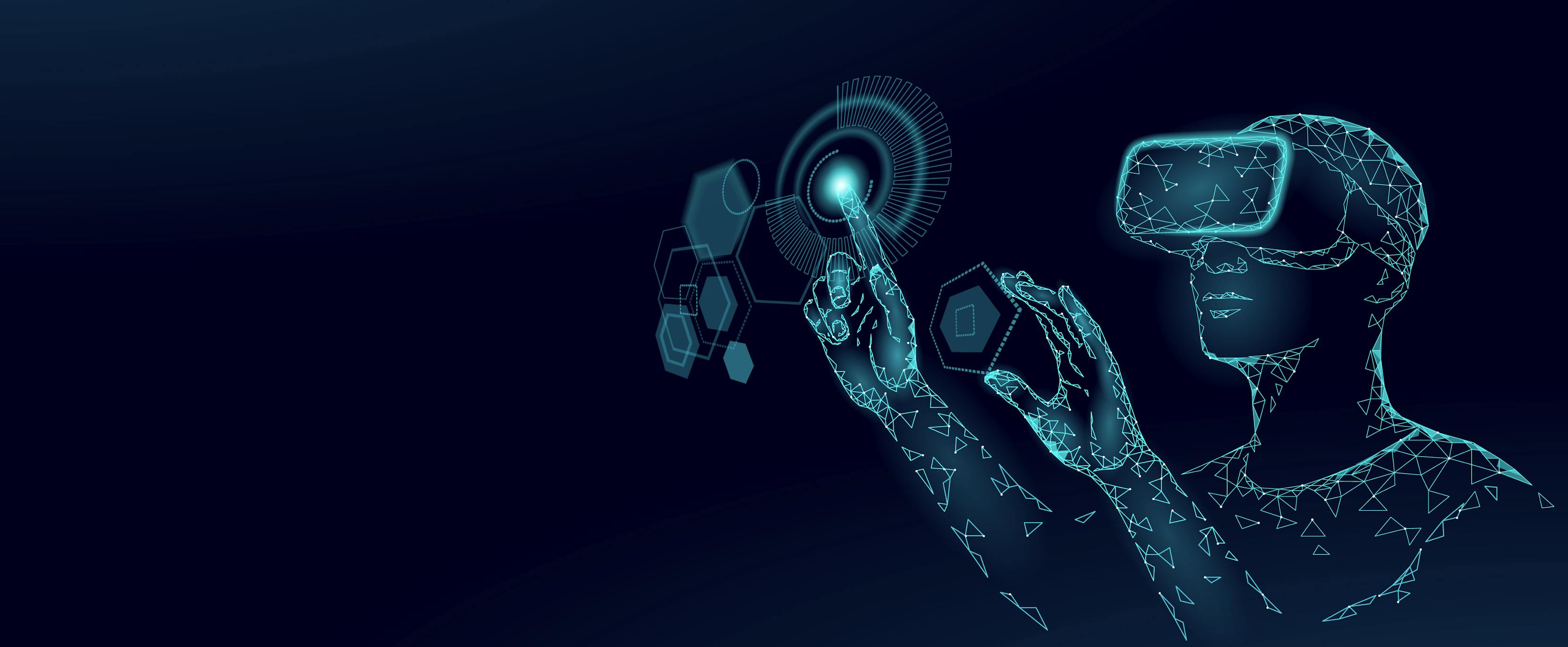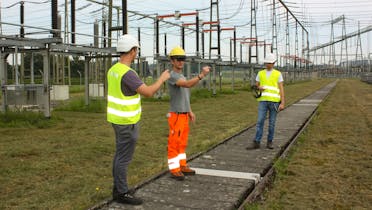
Digitalisation has opened up countless new avenues. One of them is augmented reality (AR). This involves creating a reality in which analogue elements are supplemented with virtual content. The technology is already being used in industries such as product manufacturing, health, construction and education. Swissgrid has recognised the potential inherent in augmented reality and launched a pilot project for inspecting substations together with Rimon Technologies GmbH, an ETH spin-off. «These new technologies offer new opportunities for optimising and standardising processes at Swissgrid. We want to exploit this potential.» explains Etienne Auger, Research & Digitalisation Manager at Swissgrid. Devices such as smartphones and tablets already support augmented reality. In the Swissgrid pilot project, however, the focus was deliberately placed on AR glasses because they have the advantage of leaving both hands free so the user can move around the substation more safely.
300 digital checkpoints
The Swissgrid substation in Mettlen was chosen for the pilot project. This was the ideal substation because the pilot project could draw on several digitalisation projects that had already been carried out there. Rimon converted the 3D model of the substation, integrated it into the AR glasses and translated the checklist of monthly inspections into a time- and location-based inspection process. The application was tested for its acceptance and utility in two site visits. The service providers were involved in this process because they know the needs and potential for optimisation in the current process. «We leveraged the feedback from the service providers to further optimise the application’s user navigation and present a process that reflects both the current checklist and the actual monthly inspection process. This combination was well received by the service providers, who immediately recognised the added value for their operations.» says Kordian Caplazi, co-founder of Rimon Technologies GmbH.
The end product is impressive. The AR application guides the user through 300 digital checkpoints that are displayed in space through areas of interest and points of interest by overlaying the virtual 3D model over the real world and supported with targeted information such as images, videos and animated 3D models.
These new technologies offer new opportunities for optimising and standardising processes at Swissgrid.
Etienne Auger, Research & Digitalisation Manager
The inspection with AR glasses works as follows: The glasses are put on. Initially, users see nothing more than what they can see with the naked eye. Then, the digital twin of the substation is overlaid in their field of view. During the inspection, a concise text description of the required inspection is displayed at each checkpoint, accompanied by pictures, videos and/or 3D models at the right time and place. That way, the service providers know exactly what to check at what location and what references to use when evaluating their observations. At the same time, the AR glasses can be used to take pictures as documentation at all the checkpoints, while the report can be entered right at the substation in real time on a virtual keyboard. This further standardises and streamlines the inspections. In addition, the reports will be more comprehensible for Swissgrid and the results they contain more transparent. That has been the experience of Ernst Zogg, the Grid Maintenance Manager responsible for the Mettlen substation: «The system can increase the quality of inspections and simplify processes.» Even for new employees who are not familiar with the facilities, the use of AR glasses is a clear advantage that ensures the transfer of knowledge.
The pilot project at Swissgrid will run until the end of this year. The company will then look into integrating the AR glasses into its existing applications.






